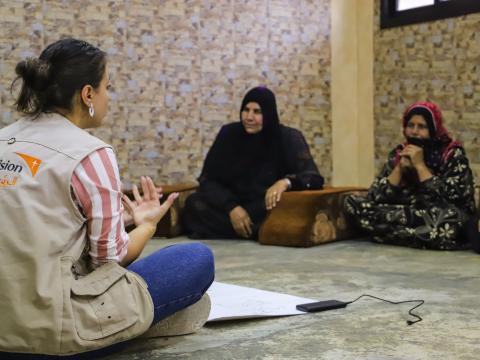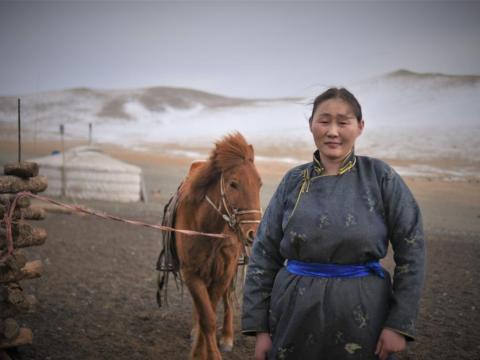
What Mongolians need most in a severe winter crisis? Communications.
Bolortsetseg Bold explains that when facing the Mongolian ‘Dzud, ’community feedback mechanisms and media information campaigns were as vital as traditional aid.
In November, Mongolians were warned that 25% of the country was at risk of a Dzud—a severe winter. As May approached, that number had gone up to 70%. By the end of May, a staggering 3.6 million livestock had died, and almost 22,000 herders had relocated to neighbouring provinces to try and protect their cattle.
In close coordination with key Mongolian national and local government agencies, World Vision Mongolia mobilised its staff to do whatever we could to ensure the well-being of the most vulnerable children and their families.
Bringing emergency aid
As a result, our Dzud Emergency Response reached 57,213 individuals, including 27,600 children of 13,085 vulnerable herder families. 6,893 families received multi-purpose cash, 4,907 families received fodder and hay, 450 children received child kits (such as socks, stationery, gloves, soap, toothpaste, toothbrush, and jacket), 1,198 women and girls received dignity kits, and 300 families received food packages.
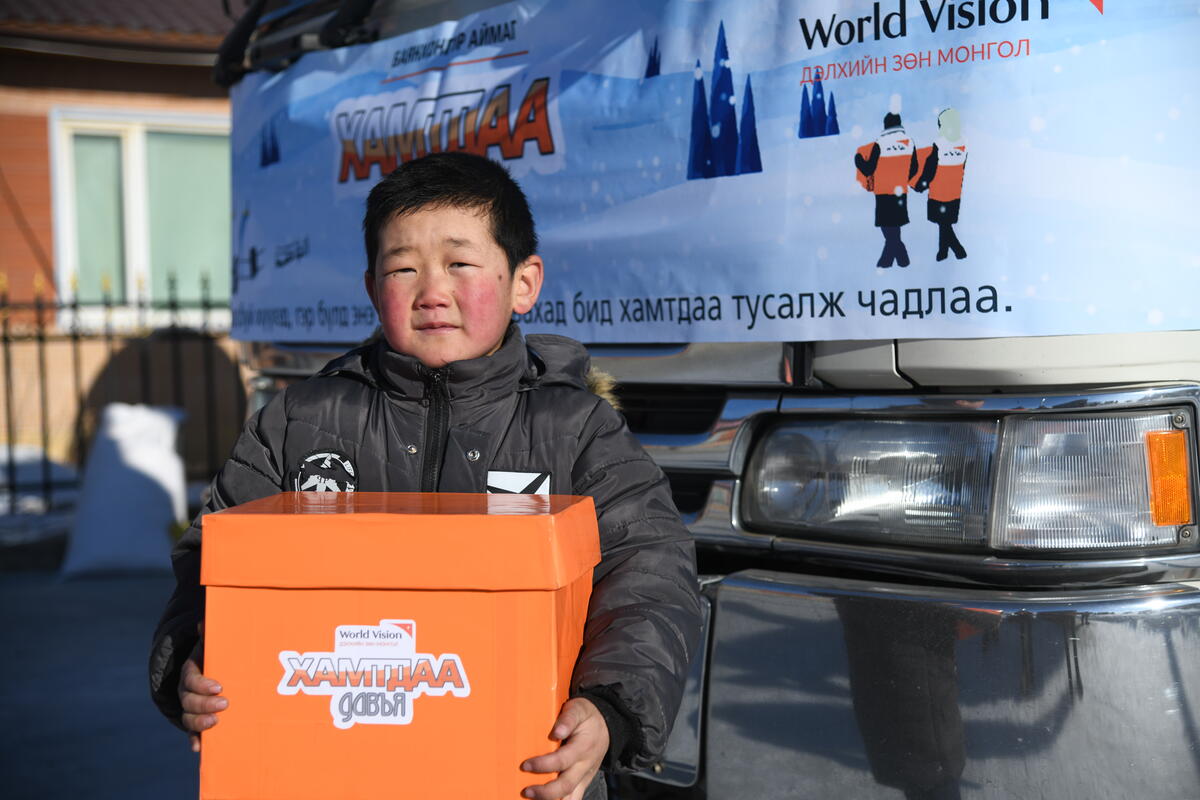
As always, we leveraged existing partnerships with such stakeholders as the National Emergency Management Agency, Ministry of Food, Agriculture and the Light Industries, Provincial governments, UN agencies, other INGOs, and different child-focused groups, and our response was funded by grants and funds given by Start Network, USAID, and German Government -Aktion Deutschland Hilft (ADH).
There is a saying in Mongolia: Collaboration is the source of success – and this could not be truer when responding to a crisis.
Learning and responding
However, responding to a crisis like this is about more than volume and reach. It is also about adequately understanding what people need. Accountability is vital in relief and development, and as part of our accountability processes, feedback mechanisms such as logbooks, hotline phones, and mailboxes were set up at all target areas, allowing communities to provide comments or suggestions regarding the ongoing response.
This two-way communication meant we could better target the right help to the right people in the right amount. It makes the whole process efficient and respectful of the communities we are supporting.
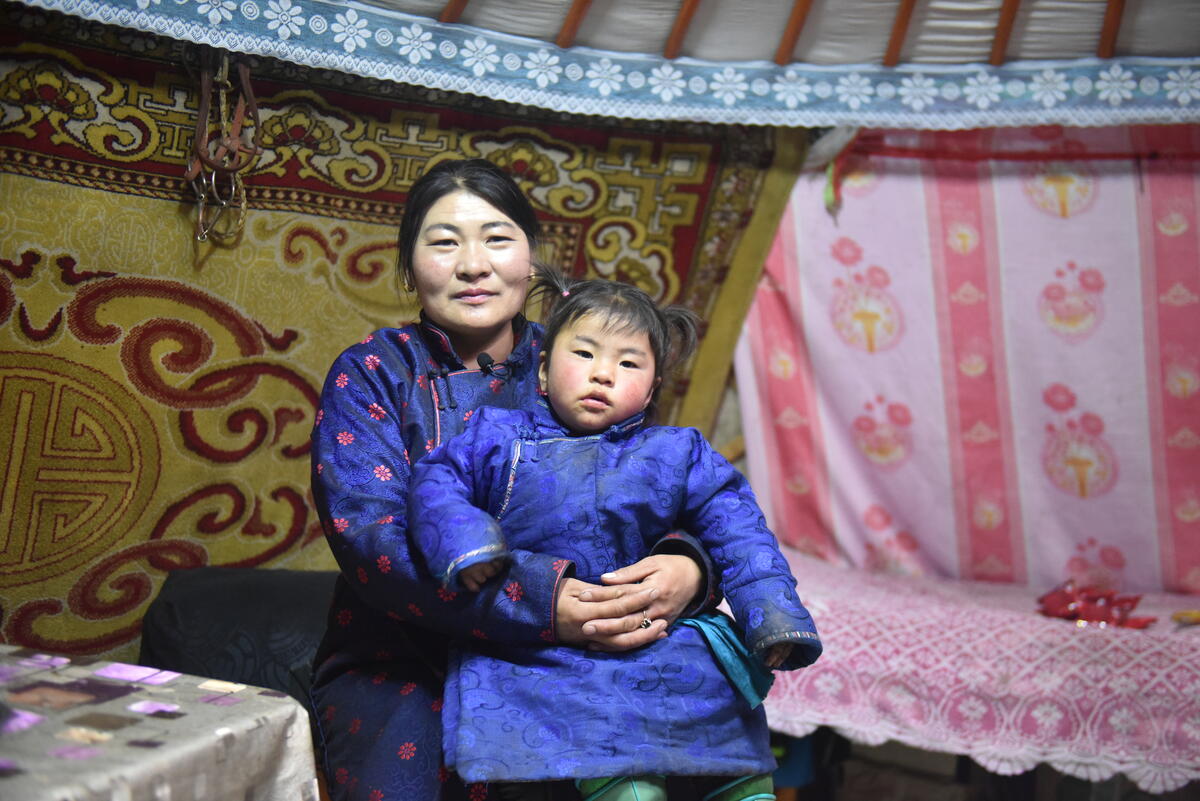
Communicating information
In anticipating disasters and helping people cope with them, it is vital to keep communication channels open and active, which is why various channels, including radio, TV, and social media, were also used to disseminate vital information to those facing the Dzud. We also trained almost 500 herder families in disaster preparedness so they knew how best to prepare and respond when the severe weather hit.
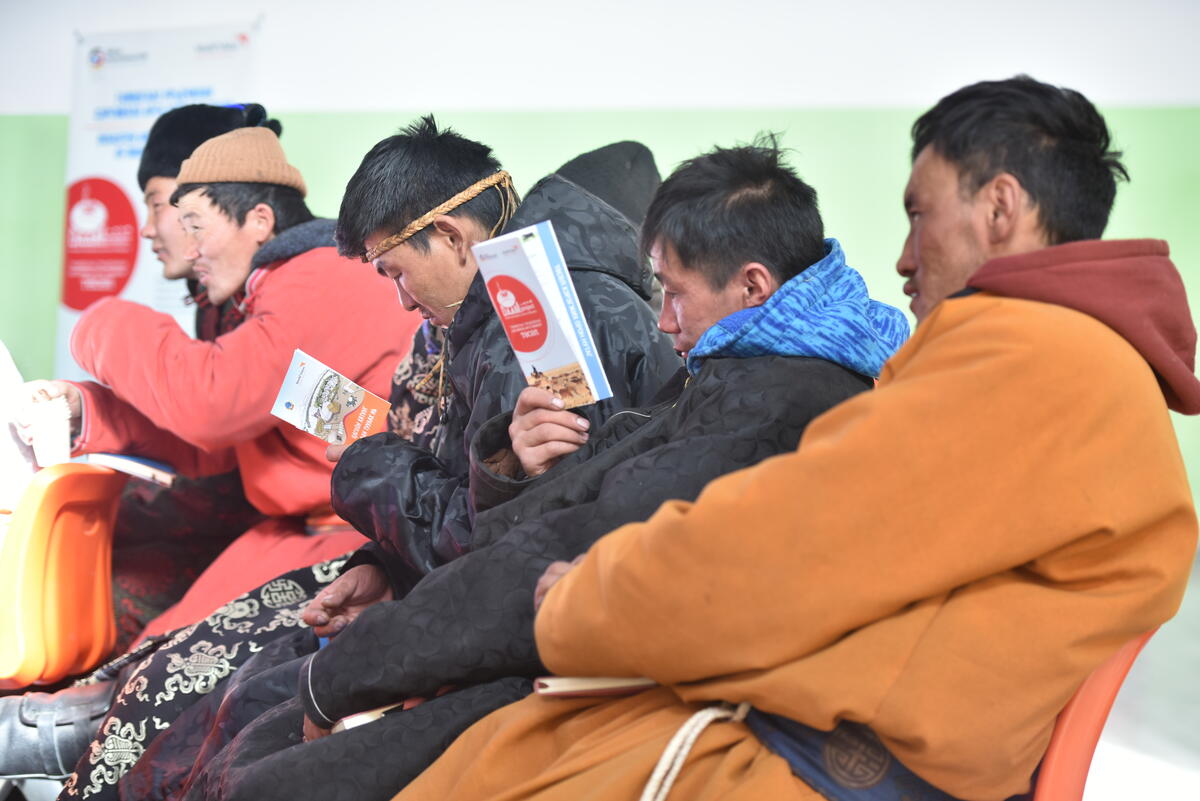
Today I wrote to my colleagues across World Vision, saying we were bringing our Dzud response to a close. It is always a joy to be able to do that, knowing that we have helped men, women, and children survive the harshest of winters. It is even more satisfying, though, knowing that those Mongolians had a say in the help they received and were trained to be better prepared for when the next Dzud looms.
To see how World Vision prepared for the severe winter, watch this video from February:
Bolortsetseg Bold is the National Director of World Vision Mongolia. She has 18 years of World Vision experience and held various leadership positions in Humanitarian and Emergency Affairs, Field Programming, Design, Monitoring and Evaluation (DME), Grant Acquisition, and Strategy Management. Bolortsetseg has a Master’s Degree in Applied Meteorology from Mongolian State University; and in Organisational leadership and development from Eastern University, Pennsylvania, USA.
